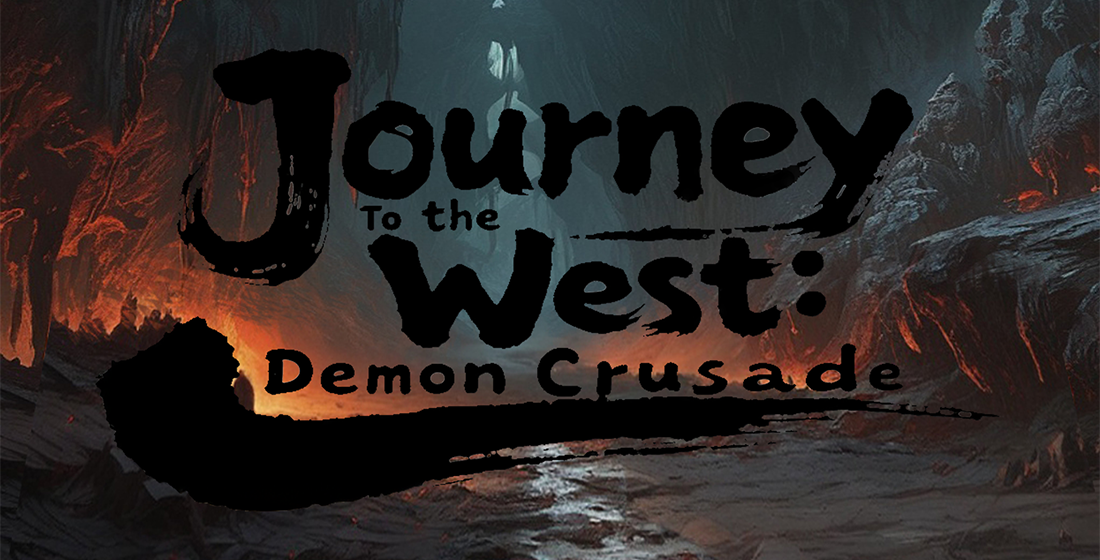Unlocking Adventure: The Rise of Open World Multiplayer Games
Video games have always been at the forefront of innovative entertainment, but nothing seems to ignite the flames of adventure quite like open world games. In recent years, the surge of multiplayer games has transformed how we engage with these sprawling virtual landscapes. Players today are no longer just navigators of vast terrains; they are explorers, strategists, and adventurers who interact and compete with others in real-time. But how did we get here? And what does the future hold for these immersive experiences?
The Allure of Open Worlds
Open world games provide a canvas where players can unleash their creativity and curiosity. Imagine wandering through a meticulously designed landscape, uncovering hidden treasures, and battling fierce enemies—all while being part of a larger community. The intersection of freedom and social interaction is where the true magic lies. Whether you’re drawing inspiration from the likes of "Tears of the Kingdom" with its complex water temple puzzle or strategizing your approach to a raid in a multiplayer battle, these worlds invite endless exploration.
Why Multiplayer Matters
Multiplayer elements have injected a fresh dose of excitement into open world narratives. No longer is the story confined to a single player. Friends can team up, share their journeys, and tackle challenges together. Here’s why multiplayer has become an essential ingredient:
- Community Engagement: Players can join guilds or clans, fostering friendships that extend beyond the game.
- Dynamic Gameplay: Events unfold differently based on the players involved, leading to unique experiences every time.
- Cooperative Strategies: Working together allows players to solve puzzles and beat missions more efficiently.
Technological Advances Fueling Growth
The rise of open world multiplayer games has been significantly influenced by technological advancements. From improved graphics that create immersive environments to faster internet speeds that support seamless online interactions, technology has broken barriers. Here’s a comparative look at some critical aspects:
| Technology | Impact on Gaming |
|---|---|
| Graphics Engines | Enhances realism and immersion |
| Networking | Allows smooth online interactions |
| AI Development | Creates more intelligent and responsive NPCs |
Exploring the “Tears of the Kingdom" Phenomenon
"Tears of the Kingdom" isn't just a game; it's a testament to what open world multiplayer can achieve. Its water temple puzzle highlights this perfectly. Players not only engage with the environment but also collaborate on solving intricate problems together.
Imagine a circle of friends, each bringing their strengths to the table—one excels in combat, another in puzzle-solving, and yet another has the best map awareness. Together, they navigate through richly textured waters, battling foes and unraveling stories as they go.
The Balance of Freedom and Structure
One of the central questions of game design is how to balance freedom with structure. In open world games, players often yearn for the freedom to explore but also crave the excitement of guided missions. Striking this balance is pivotal. Some games excel in offering multiple quests that players can choose from, while others might lean towards linear storytelling. What’s preferable?
Players often appreciate the freedom to choose how they approach the game while enjoying a narrative that gently nudges them toward key events.
Trends in Open World Multiplayer Games
The landscape of gaming is ever-changing. Let’s take a closer look at some of the latest trends that shape open world multiplayer games today:
- Seasonal Events: Games now frequently introduce time-limited events that refresh content.
- Cross-Platform Play: Acknowledging user diversity, many games allow players on different consoles to connect.
- Player-Created Content: Some games empower players to craft their levels and narratives, offering unique experiences.
The Importance of Community Feedback
Game developers are increasingly turning to communities for input. The feedback loop becomes a vital source of inspiration for patch updates, new content, and overall game balance. Engaging with players allows developers to tailor experiences to meet evolving expectations. Positive community interaction results in:
- Stronger game longevity
- Heightened player loyalty
- A collaborative esports ecosystem
Future of Open World Multiplayer Games
As we peer into the future, what can we anticipate? With the assembly of cutting-edge technologies like virtual reality (VR) and augmented reality (AR), the potential for open world multiplayer games is expansive. Imagine navigating through an otherworldly realm that merges physical and digital spaces seamlessly.
Conclusion: An Uncharted Adventure Awaits
As we journey forward into this brave new era, the excitement surrounding open world games and the dynamics of multiplayer experiences will continue to captivate our imaginations. Gone are the days of solitary gaming; we are now part of an interconnected tapestry of players who share stories, tackle challenges, and explore diverse worlds together. With every puzzle we solve, every battle we undertake, and every story we tell, we unlock new adventures waiting to unfold. Keep the controllers charged and the spirits high—exciting quests await!



